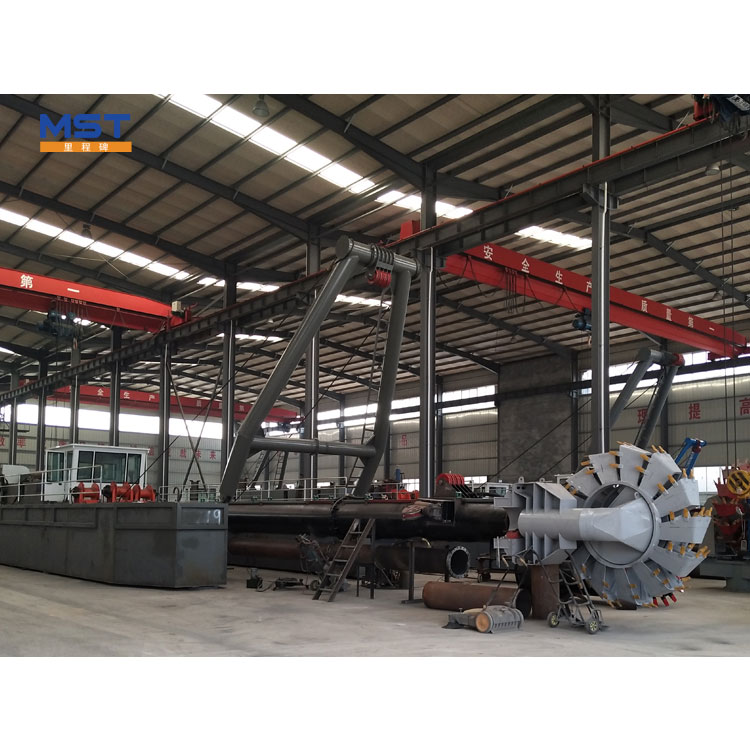Unveiling the Gold Rush: Extracting Gold from Underwater Deposits with Trailing Suction Bucket Chain Dredgers
2024-03-02
Introduction:
Gold has captivated human imagination for centuries, driving explorers and miners to search far and wide for the precious metal. In the modern era of mining, innovative technologies have revolutionized the extraction process, including the use of trailing suction bucket chain dredgers. These formidable vessels are instrumental in uncovering gold deposits hidden beneath water bodies, offering a glimpse into the intricate process of extracting gold from underwater deposits. In this blog, we delve into the fascinating journey of how trailing suction bucket chain dredgers extract gold from underwater deposits, illuminating the techniques and technologies behind this remarkable endeavor.
Understanding Trailing Suction Bucket Chain Dredgers:
Trailing suction bucket chain dredgers are specialized vessels designed for excavating sediments, minerals, and valuable materials from underwater deposits. Equipped with a continuous chain fitted with buckets, these dredgers utilize suction pumps to dislodge sediment from the seabed or riverbed and transport it to the surface for processing. In the realm of gold mining, trailing suction bucket chain dredgers play a pivotal role in uncovering gold-bearing deposits submerged beneath water bodies.
The Extraction Process:
1. Surveying and Site Selection:
Before commencing operations, gold mining companies conduct extensive surveys and assessments to identify promising areas with potential gold deposits. Geophysical surveys, sampling, and geological studies help pinpoint target locations where gold-bearing sediments are likely to be found.
2. Dredging Operations:
Once a suitable site is identified, trailing suction bucket chain dredgers are deployed to commence dredging operations. The dredger is positioned over the target area, and its suction pumps are activated to create a vacuum, dislodging sediment from the seabed or riverbed.
3. Excavation and Transport:
As the suction pumps operate, the continuous chain with attached buckets scoops up sediment from the substrate, including gold-bearing gravels, sands, and debris. The dredged material is transported via the suction pipeline to the dredger's deck, where it is deposited for further processing.
4. Processing and Recovery:
Onboard the dredger, the extracted material undergoes a series of processing steps to separate the gold from the surrounding debris and sediment. This typically involves washing, screening, and sluicing techniques to concentrate the gold particles and remove unwanted materials.
5. Concentration and Refinement:
The concentrated gold-rich material, known as concentrate, is further processed to extract the precious metal. Techniques such as gravity separation, flotation, or cyanidation may be employed to recover the gold from the concentrate, yielding refined gold ready for market.
6. Environmental Considerations:
Throughout the extraction process, environmental considerations are paramount to minimize ecological impact and ensure sustainable mining practices. Dredging operations are conducted in accordance with environmental regulations and guidelines to mitigate disturbance to aquatic habitats and protect water quality.
Conclusion:
Trailing suction bucket chain dredgers represent a pinnacle of technological innovation in gold mining, enabling the extraction of gold from underwater deposits with precision and efficiency. Through the coordinated efforts of geologists, engineers, and operators, these dredgers uncover the Earth's hidden treasures, contributing to the global supply of gold. As the quest for gold continues, trailing suction bucket chain dredgers stand as indispensable tools in the modern gold mining industry, driving progress and prosperity in the pursuit of this precious metal.



